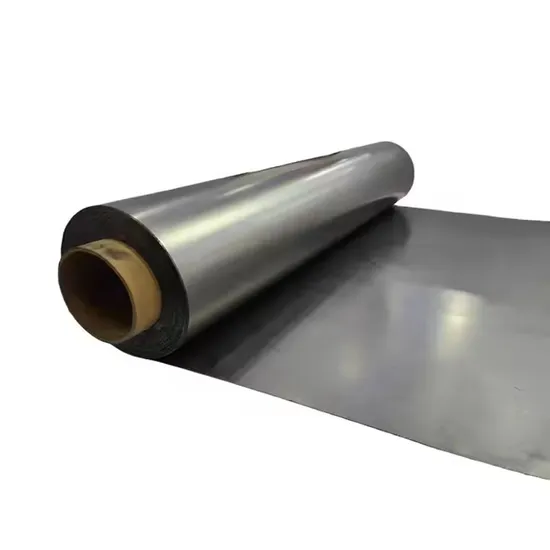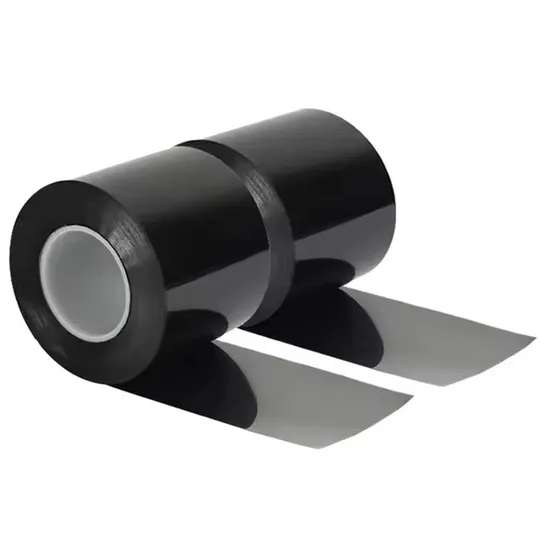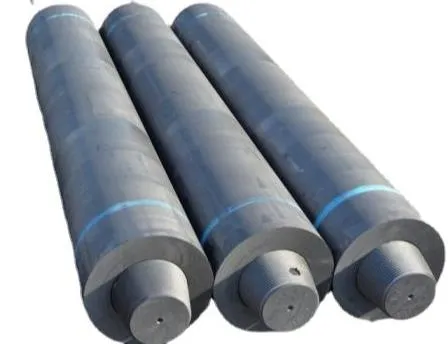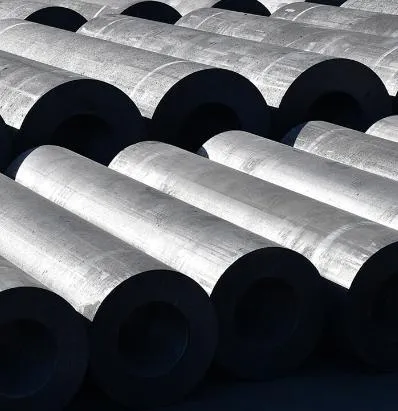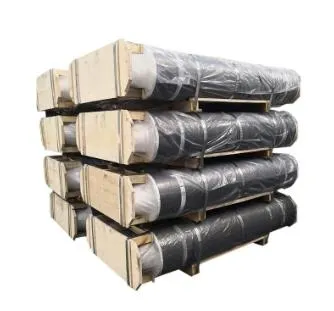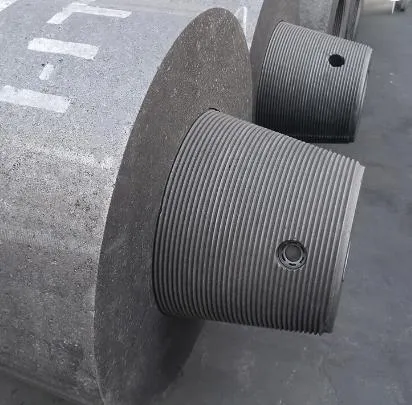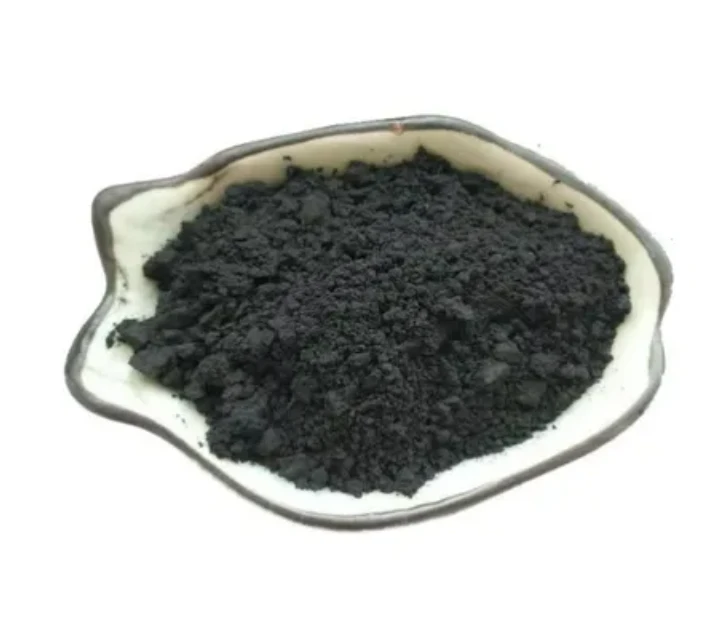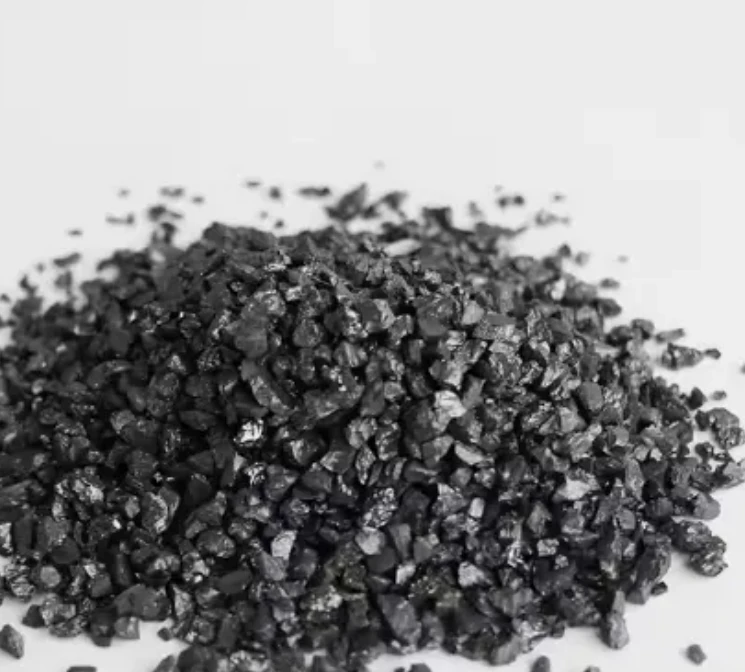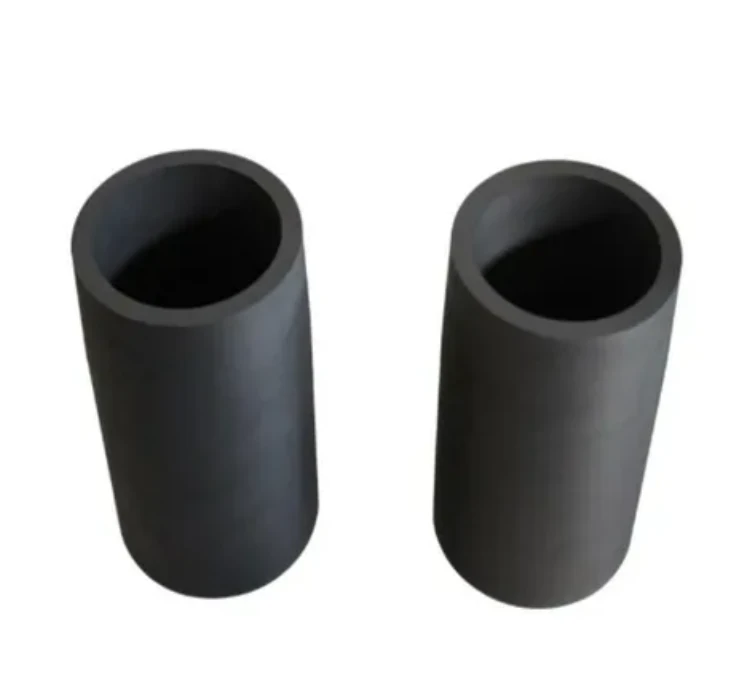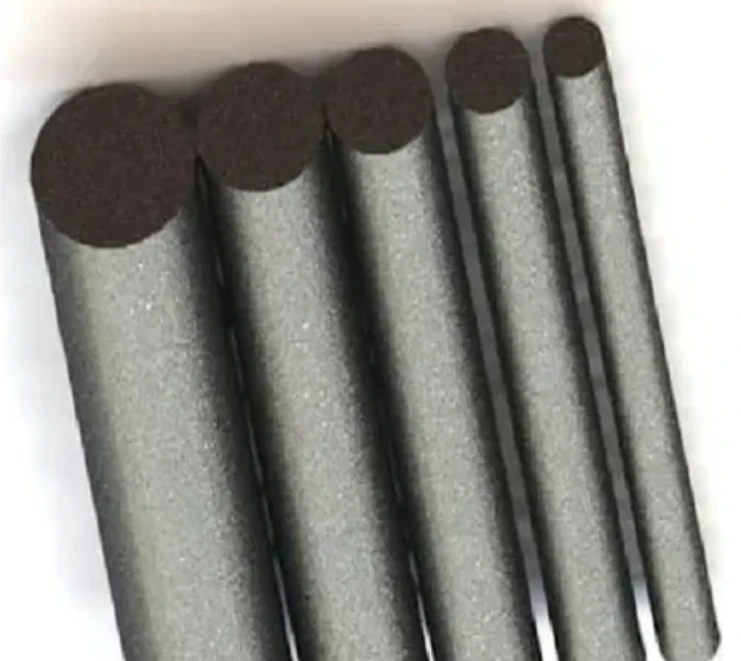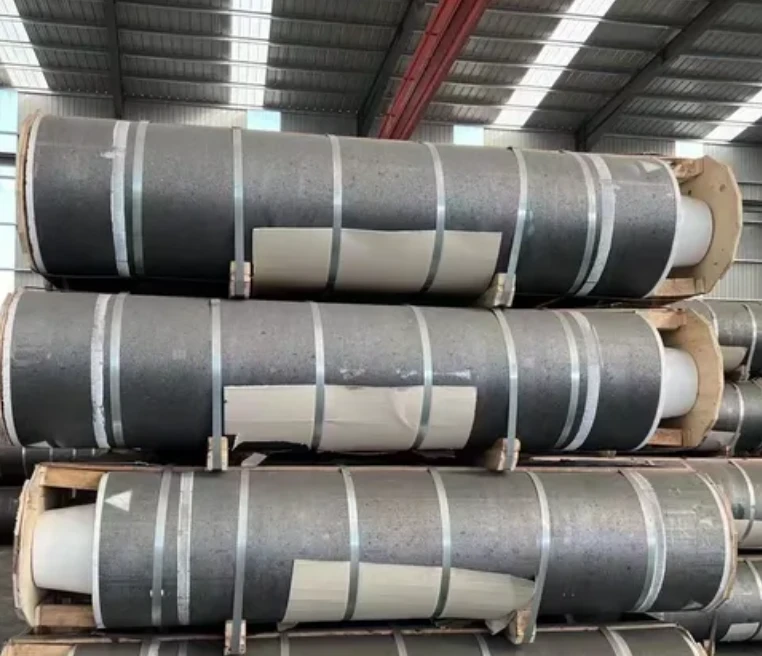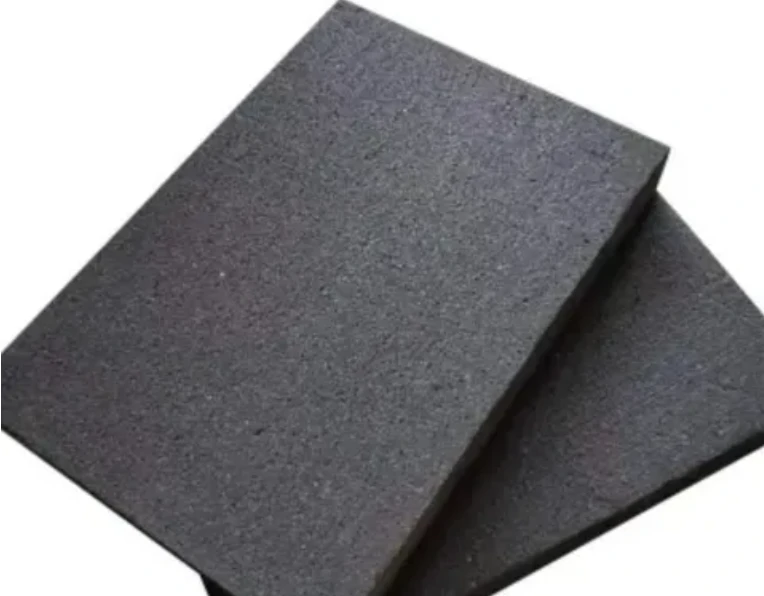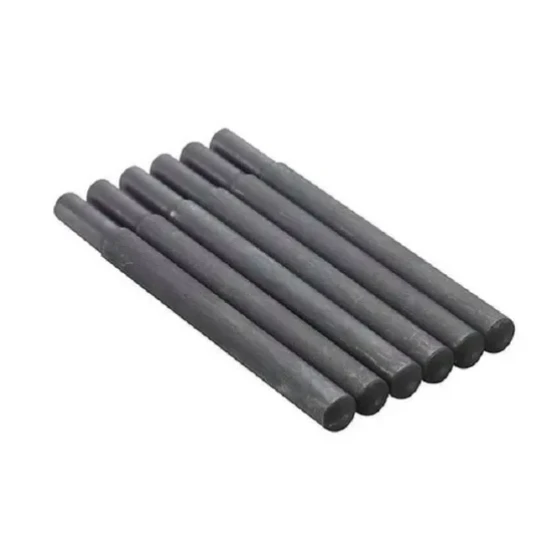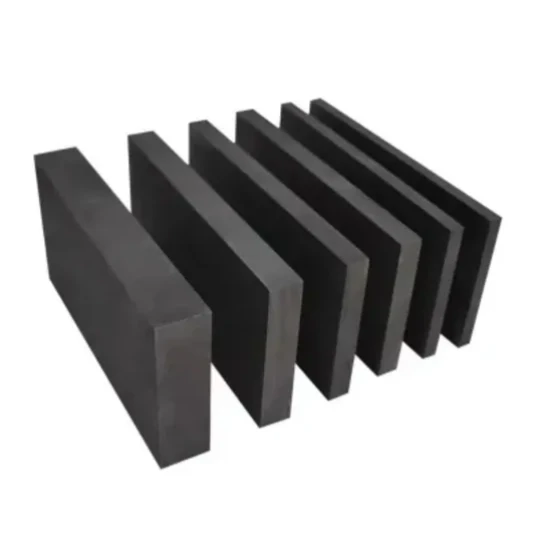- Englist


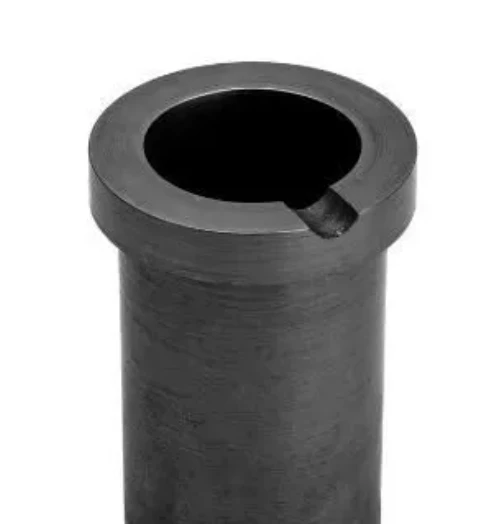
- Overview of conductive materials in modern industries
- Technical advantages and performance metrics
- Manufacturer comparison: Key parameters and market leaders
- Custom solutions for specialized applications
- Real-world implementation scenarios
- Material durability and environmental factors
- Future developments in conductive material science

(conductive graphite powder)
Why Conductive Graphite Powder is the Future of Advanced Materials
Industrial applications increasingly demand materials combining electrical conductivity, thermal stability, and mechanical flexibility. Conductive graphite powder has emerged as a critical component in sectors ranging from lithium-ion battery production (32% market share in 2023) to aerospace thermal management systems. Unlike traditional metals, this material achieves conductivity levels up to 105 S/m while maintaining a density 40% lower than copper.
Technical Advantages and Performance Metrics
Advanced graphite powders demonstrate exceptional properties:
- Particle size consistency: 98% particles ≤20µm
- Thermal conductivity: 120-400 W/m·K (temperature-dependent)
- Electrical resistivity: 10-5 to 10-3 Ω·m
Recent studies show that extra fine graphite powder improves electrode capacity by 18-22% in EV batteries compared to conventional alternatives.
Manufacturer Comparison: Key Parameters and Market Leaders
| Parameter | Graphex GR-10 | Asbury 4992 | Nacional EGC-50 |
|---|---|---|---|
| Conductivity (S/m) | 1.2×105 | 9.8×104 | 1.1×105 |
| Particle Size (D50) | 8µm | 12µm | 6µm |
| Thermal Stability | 600°C | 550°C | 650°C |
Custom Solutions for Specialized Applications
Manufacturers now offer modified graphite products through:
- Surface treatment for enhanced polymer adhesion
- Hybrid compositions with carbon nanotubes (CNT)
- Pre-dispersed formulations reducing processing time by 35%
A leading EV manufacturer achieved 14% weight reduction in battery packs using customized conductive graphite sheets with directional conductivity properties.
Real-World Implementation Scenarios
Practical applications demonstrate performance:
- EMI shielding: 85-110 dB attenuation at 1-10 GHz
- Fuel cell bipolar plates: 30% cost reduction vs. metallic alternatives
- Flexible electronics: 5000+ bending cycles without conductivity loss
Material Durability and Environmental Factors
Accelerated aging tests reveal:
- ≤3% conductivity loss after 1000 hours at 85°C/85% RH
- Zero heavy metal content (REACH compliant)
- 98.7% recyclability rate in closed-loop systems
Innovating with Conductive Graphite Powder: What Lies Ahead
Emerging research focuses on 3D-structured graphite materials showing 50% higher ionic mobility in solid-state batteries. With global demand projected to grow at 8.7% CAGR through 2030, advancements in extra fine graphite powder production techniques promise to reduce costs by 18-22% while improving conductivity thresholds.
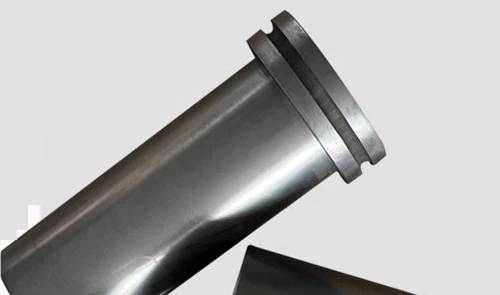
(conductive graphite powder)
FAQS on conductive graphite powder
Q: What are common applications of conductive graphite powder?
A: Conductive graphite powder is widely used in lithium-ion batteries, anti-static coatings, and electronic circuitry. Its high conductivity and thermal stability make it ideal for enhancing electrical performance in industrial and consumer products.
Q: How does conductive graphite sheet differ from powder?
A: Conductive graphite sheets provide flexible, uniform conductivity for EMI shielding or heat dissipation in devices like smartphones. Unlike powder, they offer pre-formed structures but lack the versatility for custom composite mixing.
Q: Why choose extra fine graphite powder?
A: Extra fine graphite powder has ultra-small particle sizes (1-10 microns), enabling smoother dispersion in resins or inks. This improves conductivity in precision applications like 3D printing or high-end sensors.
Q: Can conductive graphite powder replace metal in thermal management?
A: Yes, graphite powder efficiently dissipates heat in composites while being lighter than metals. It's preferred in lightweight electronics and EV components where weight reduction is critical.
Q: Is conductive graphite powder safe for wearable devices?
A: When properly encapsulated, it's safe due to non-toxicity and chemical inertness. However, direct skin contact with loose powder should be avoided to prevent irritation or contamination.





 Pervious
Pervious
 Next
Next
